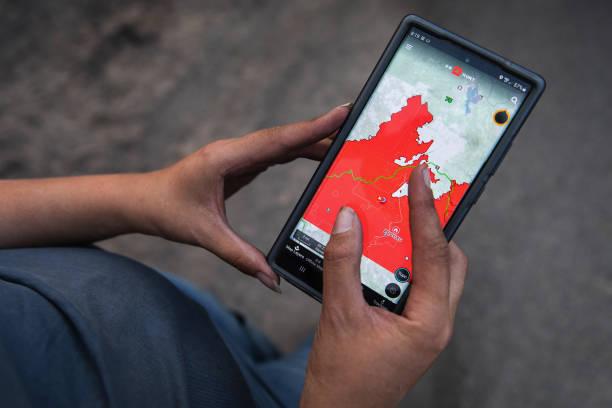Australia has been ranked eighth place globally for its effective handling of the CCP virus with New Zealand claiming the top spot.
Australia was surpassed by New Zealand, Vietnam, Taiwan, Thailand, Cyprus, Rwanda and Iceland.
Majority of the top-ranking countries were those with smaller populations, except Vietnam, which has a population of 96 million people and Thailand with a population of almost 70 million.
Authors of the research project, Alyssa Leng and Hervé Lemahieu, found that population size revealed the most significant differences in countries’ experiences when combatting the CCP virus.
India, the world’s second most populated country was ranked 86th, one place after Indonesia, the world’s fourth most populous country.
The world’s most populous country, China, where the virus originated from, was not measured due to lack of publicly available data.
The report ranked the United States 94th, as data showed around one-fifth of global COVID-19 document deaths are from America. This puts the country as the lowest-ranked developed nation.
Coming in last was Brazil, where a new virus variant was recently discovered.
“Smaller countries (with populations of fewer than 10 million people) proved more agile than the majority of their larger counterparts in handling the health emergency for most of 2020,” wrote Leng and Lemahieu.
While Australia has a population much larger than 10 million, being an island country was an advantage when facing the virus.
With strict state border closures, “populations were geographically divided, which is a luxury that [other countries] can’t afford” Lemahieu continued.
- Confirmed cases
- Confirmed deaths
- Confirmed cases per million people
- Confirmed deaths per million people
- Confirmed cases as a proportion of tests
- Tests per thousand people.
However, Gigi Foster, a professor at the University of New South Wales’ School of Economics, believes the use of deaths per million people as an indicator is flawed due to differing definitions of “COVID death” across countries.
Foster also noted that the authors approached this with the assumption that government actions have directly impacted containing the virus.
“In fact what seems to be the case if you look at the data is that regardless of what governments have done, the virus has followed a path that was basically unrelated to decisions about lockdowns and other blanket restrictions of liberties,” Foster told The Epoch Times.
“It’s far more related to things like geography, underlying population health levels, demography, and seasonality.”






Friends Read Free